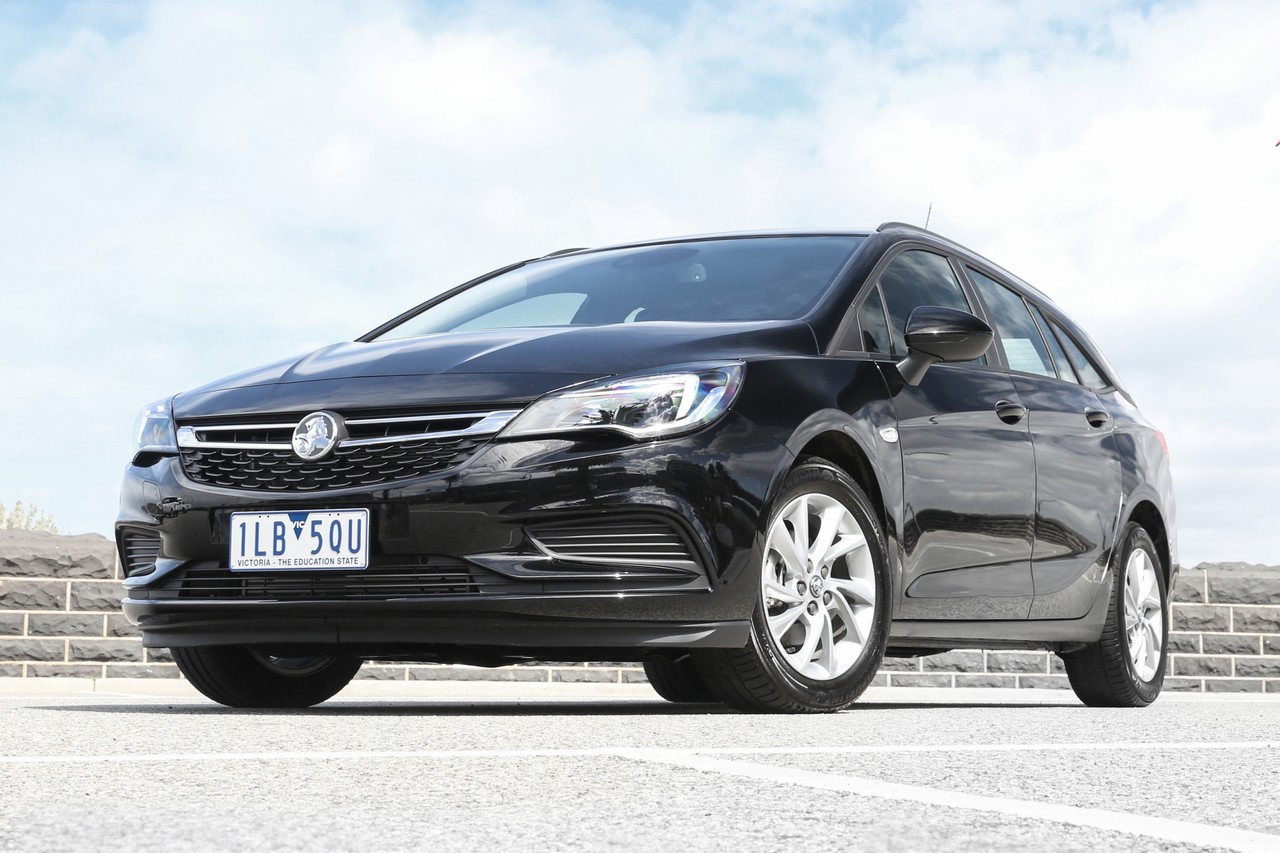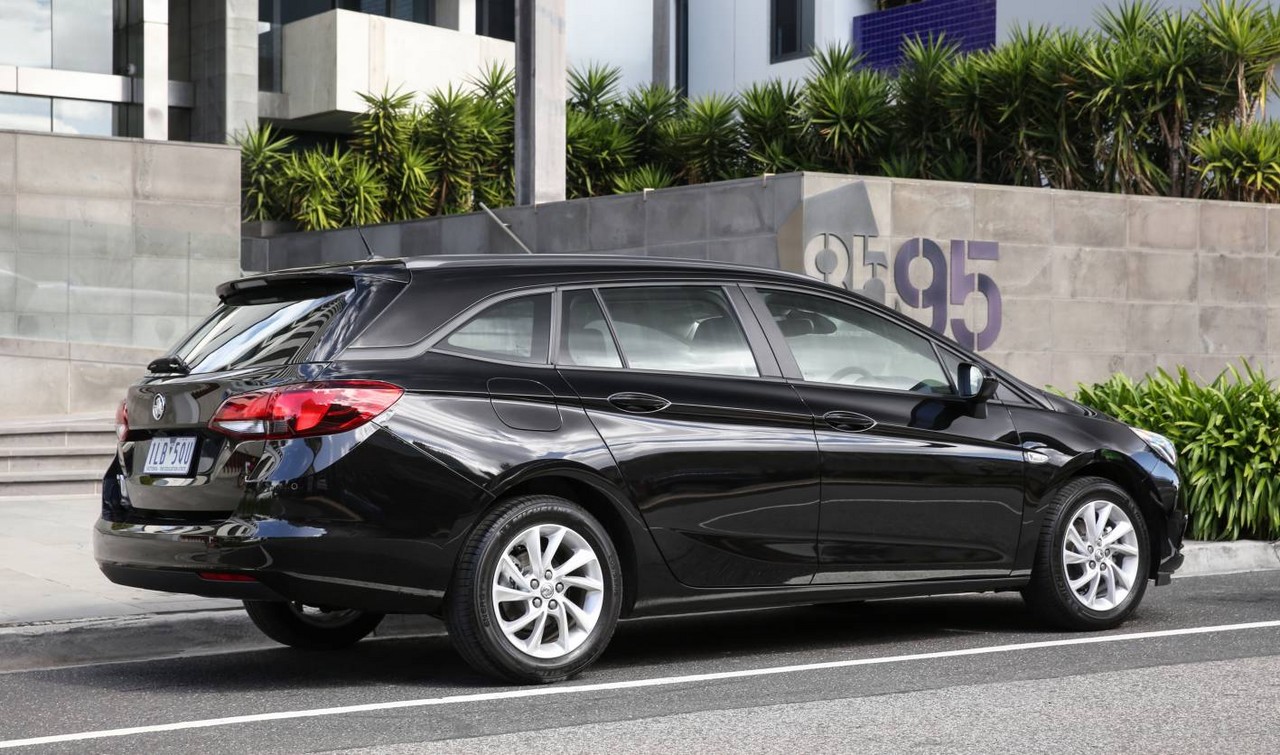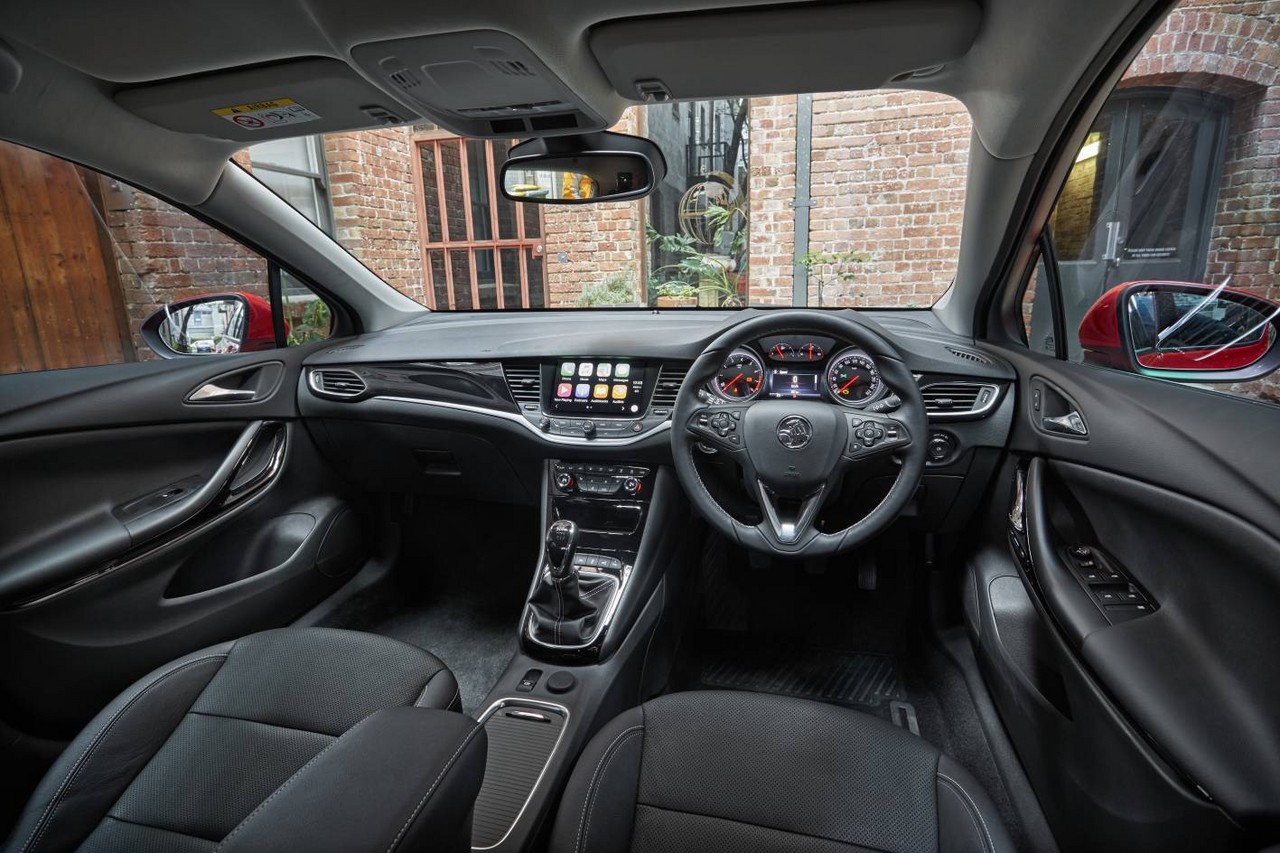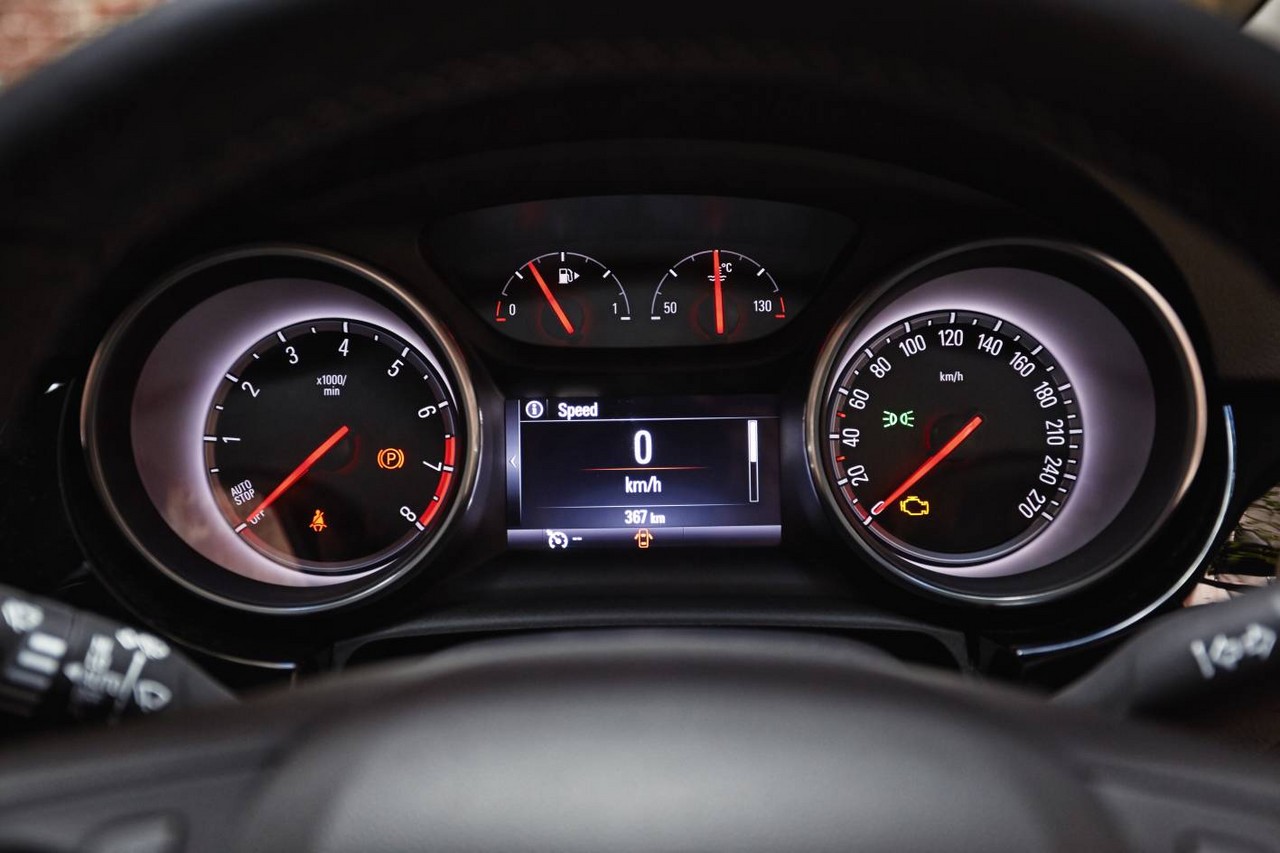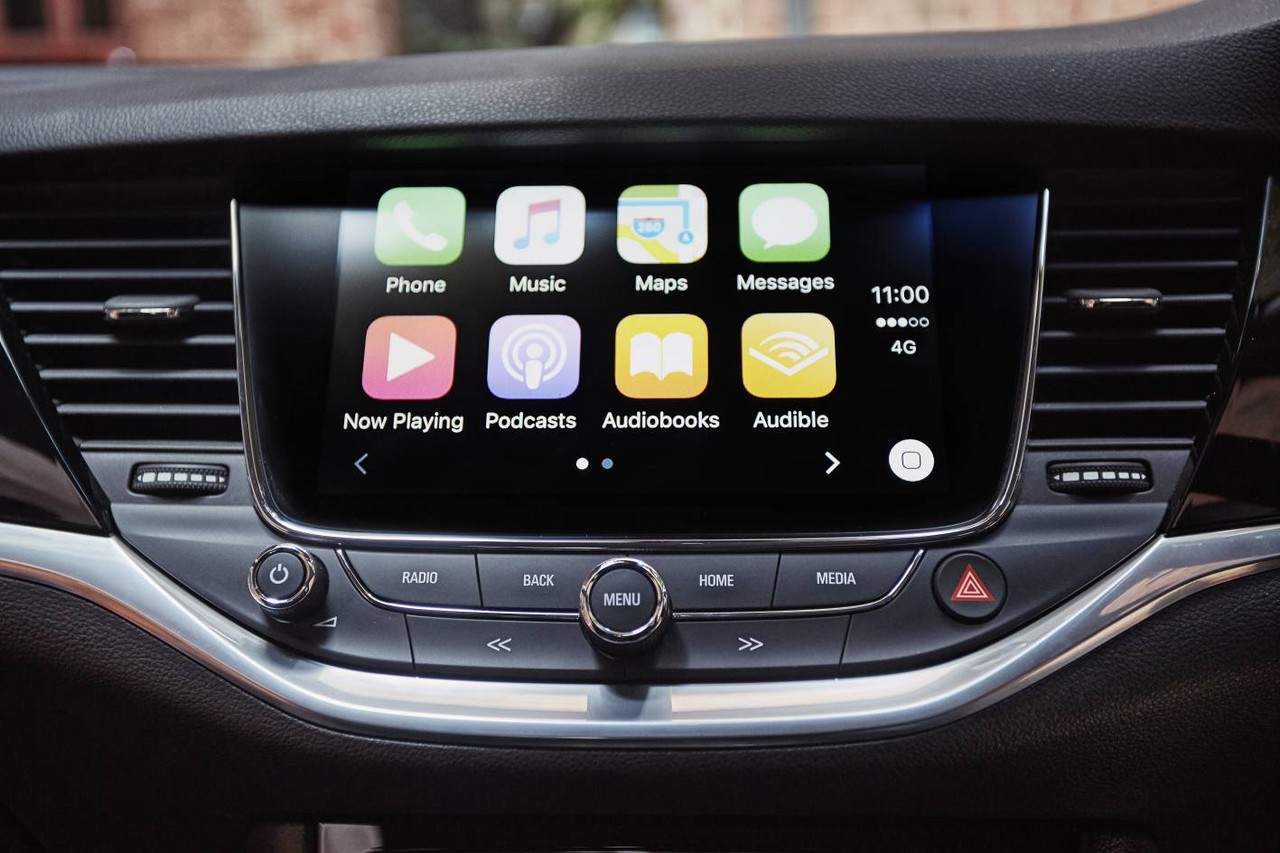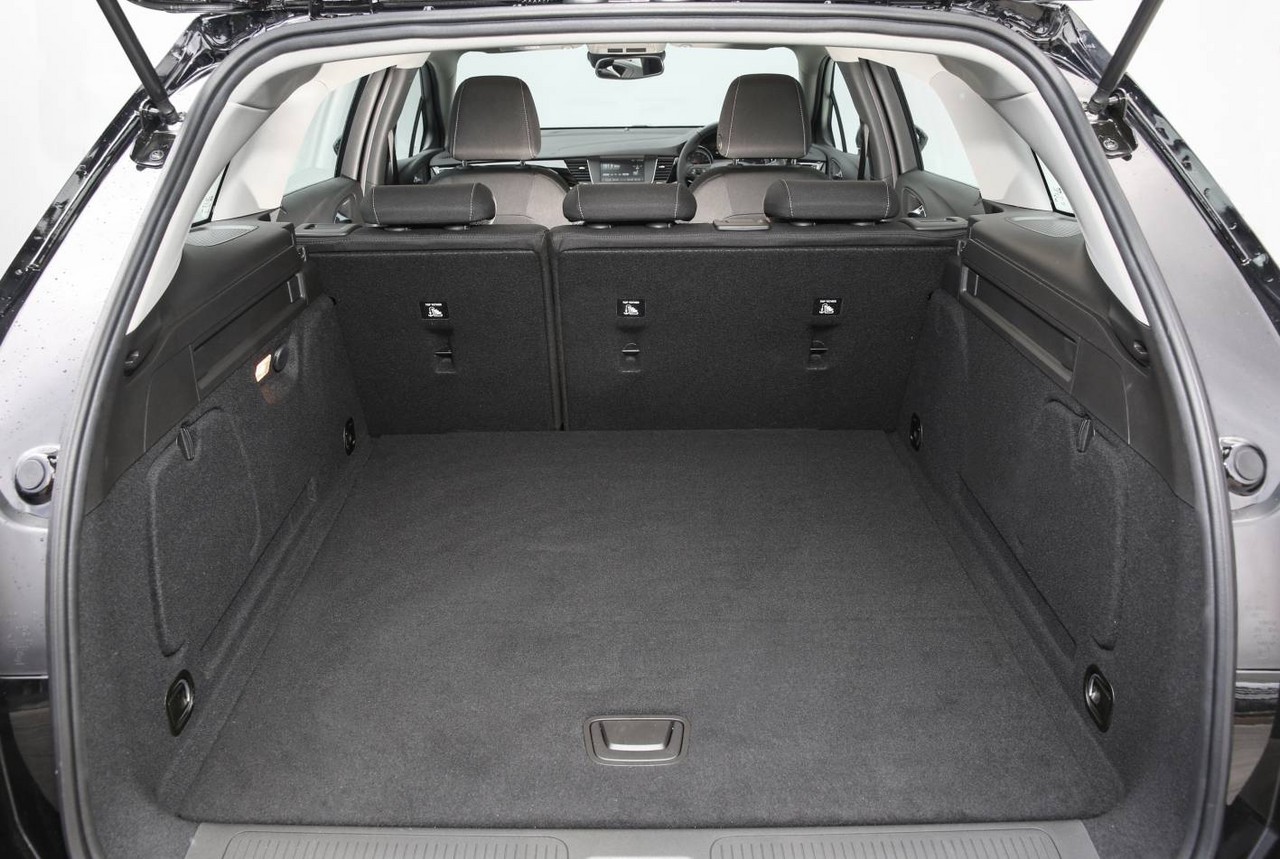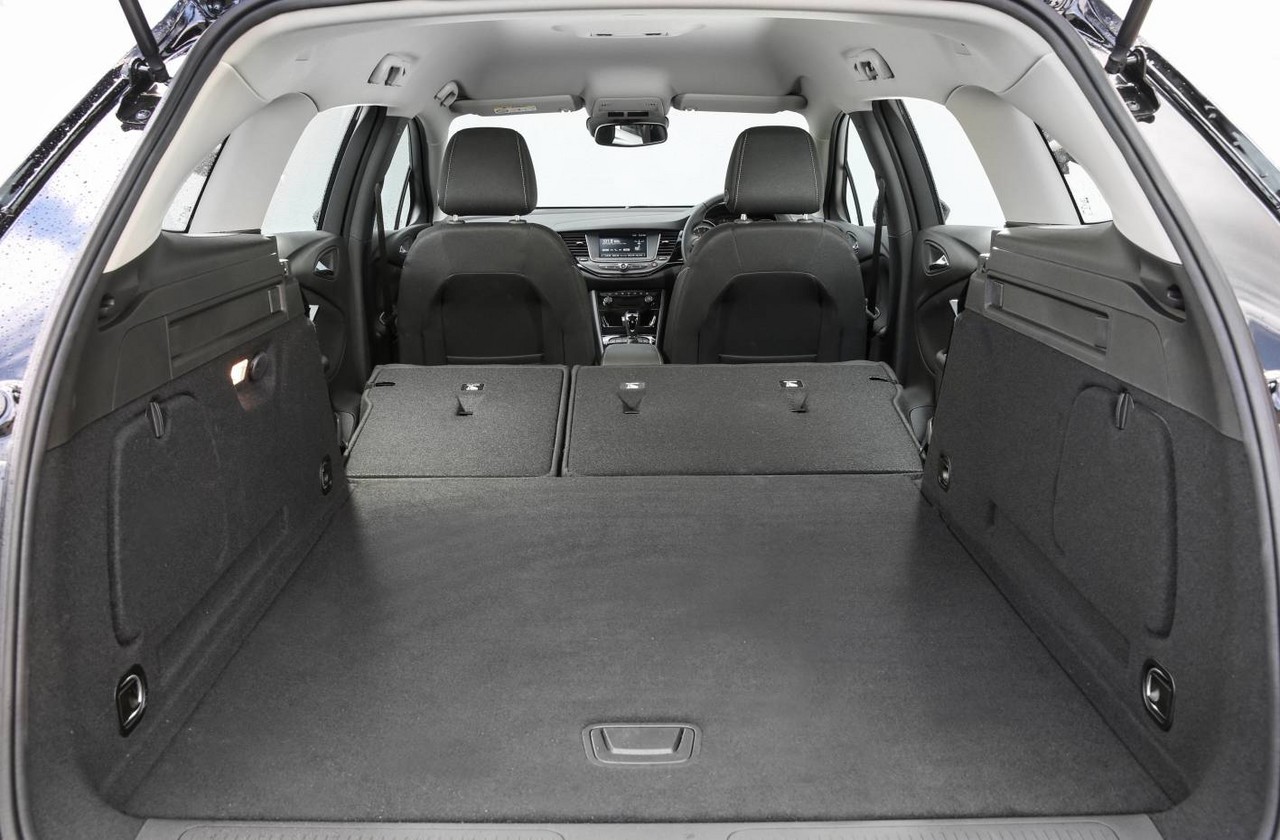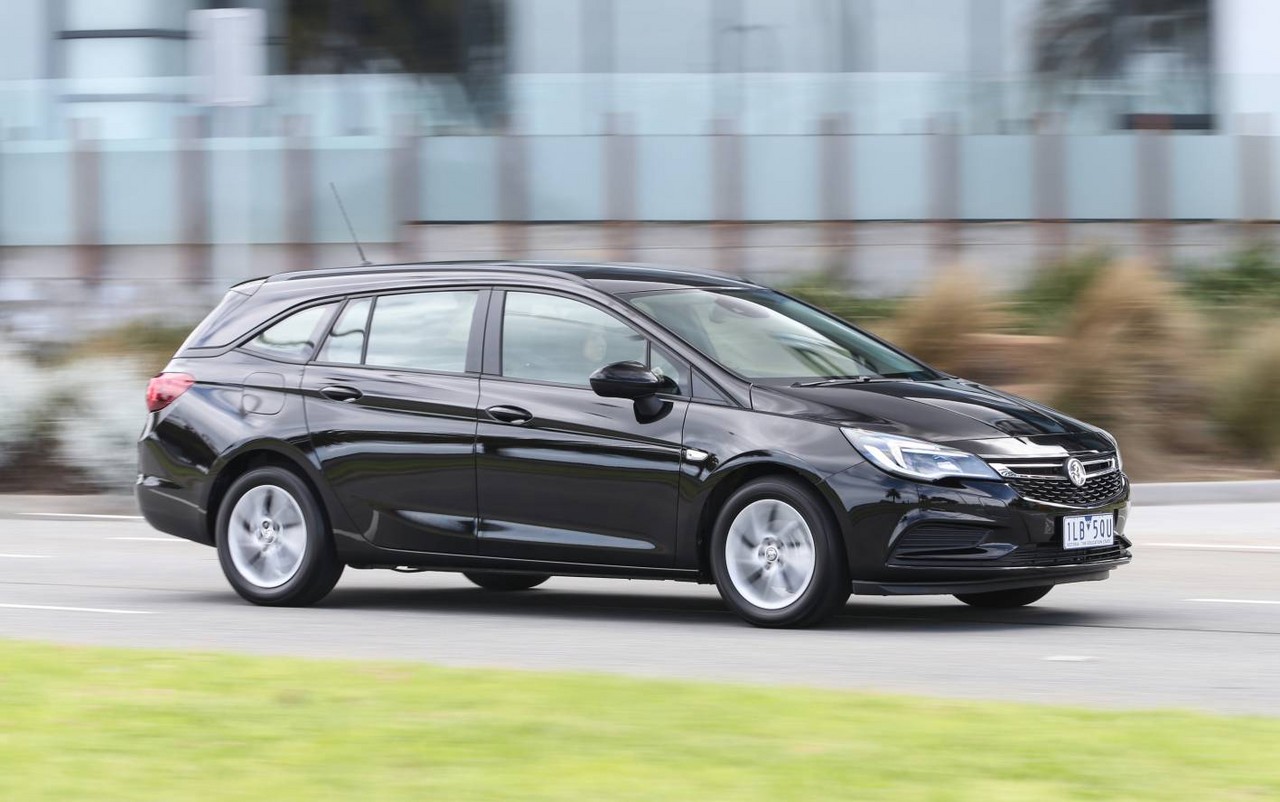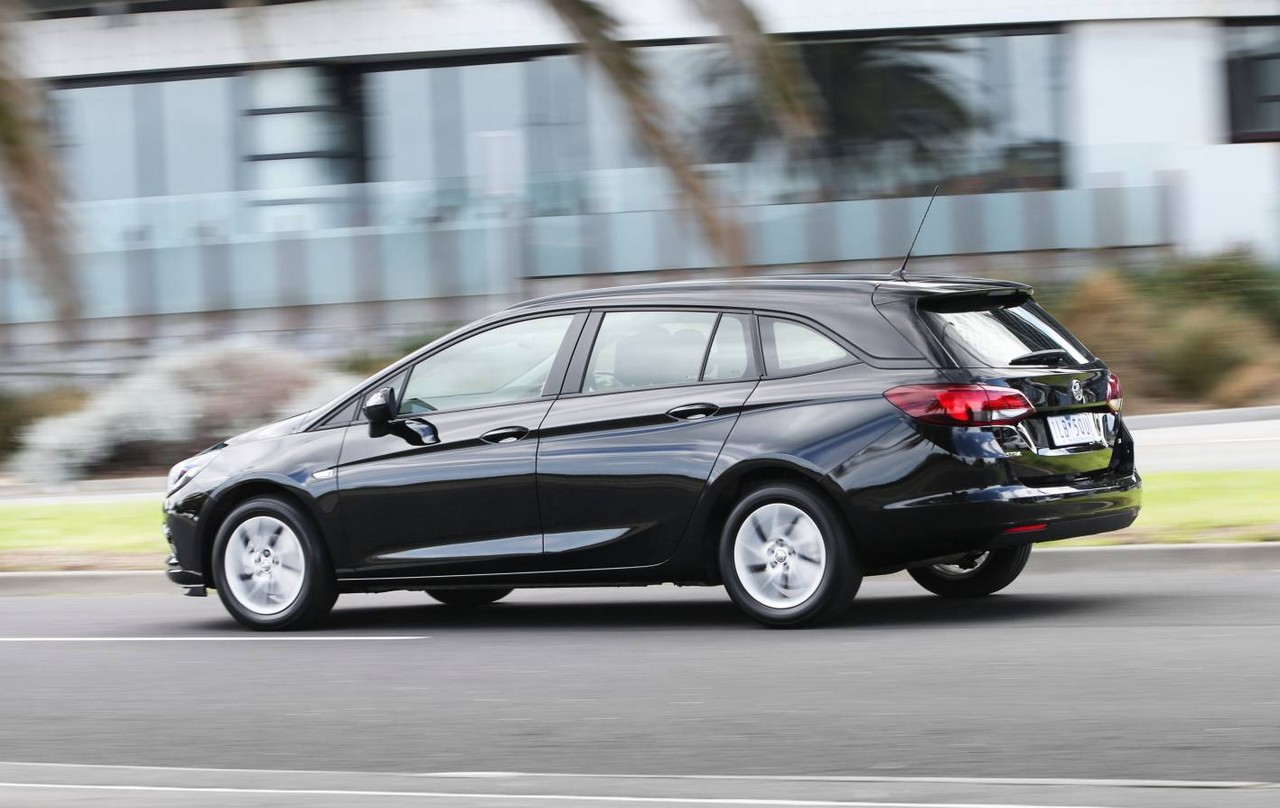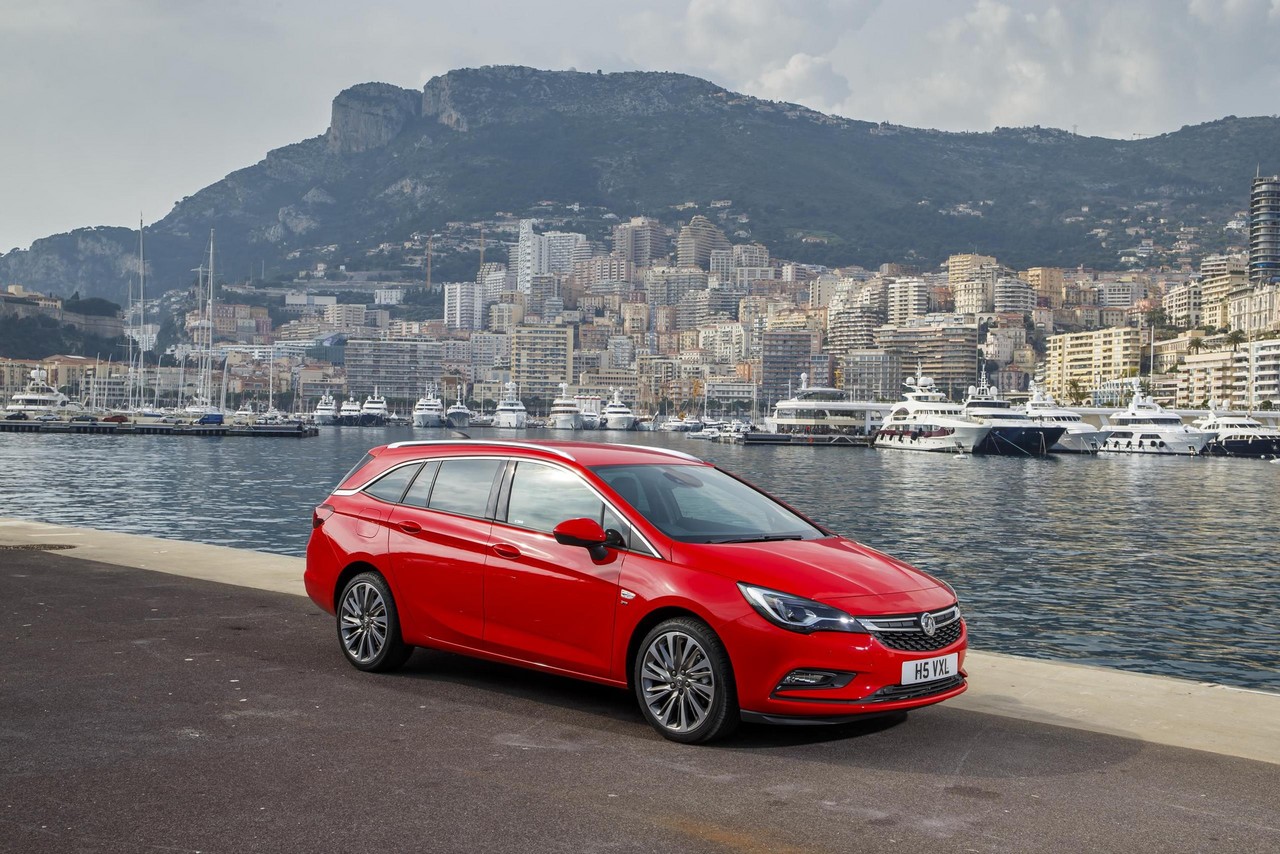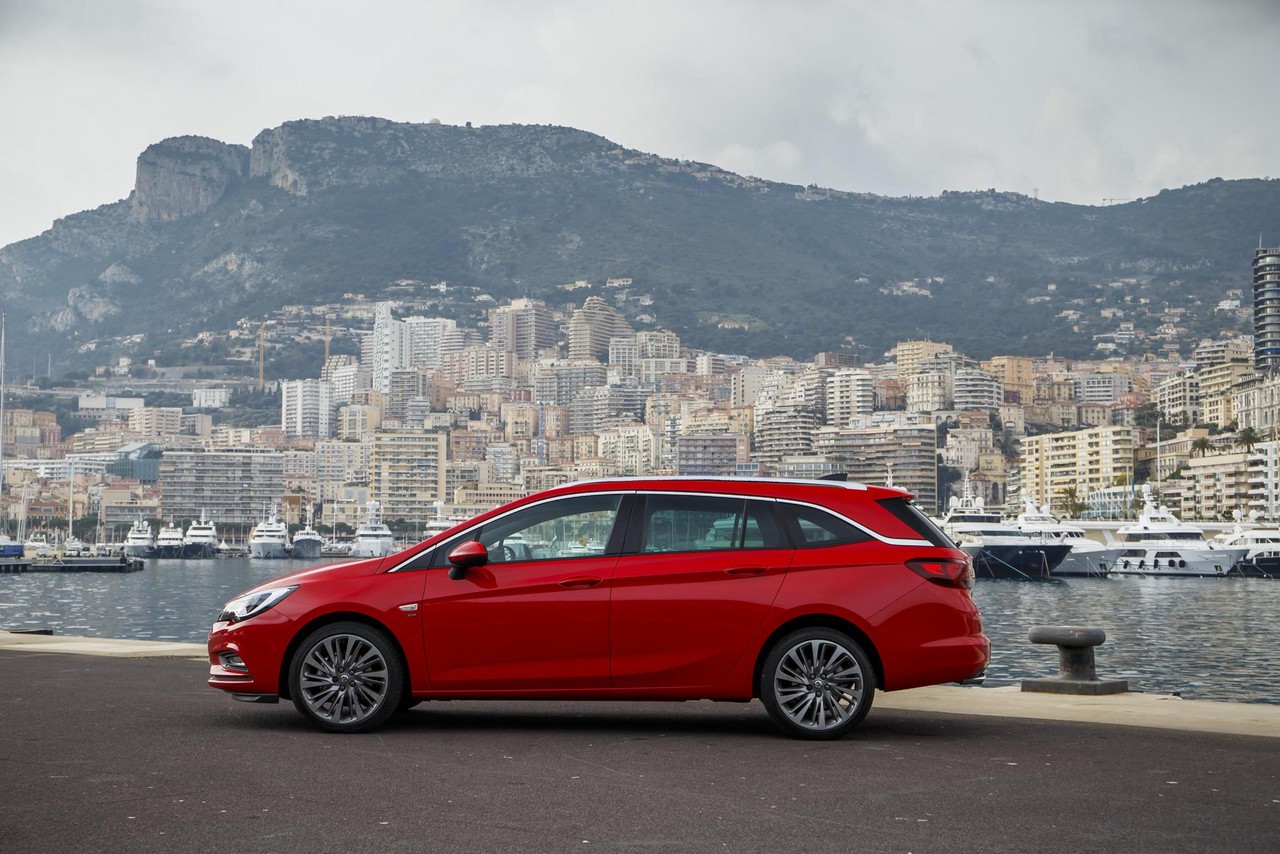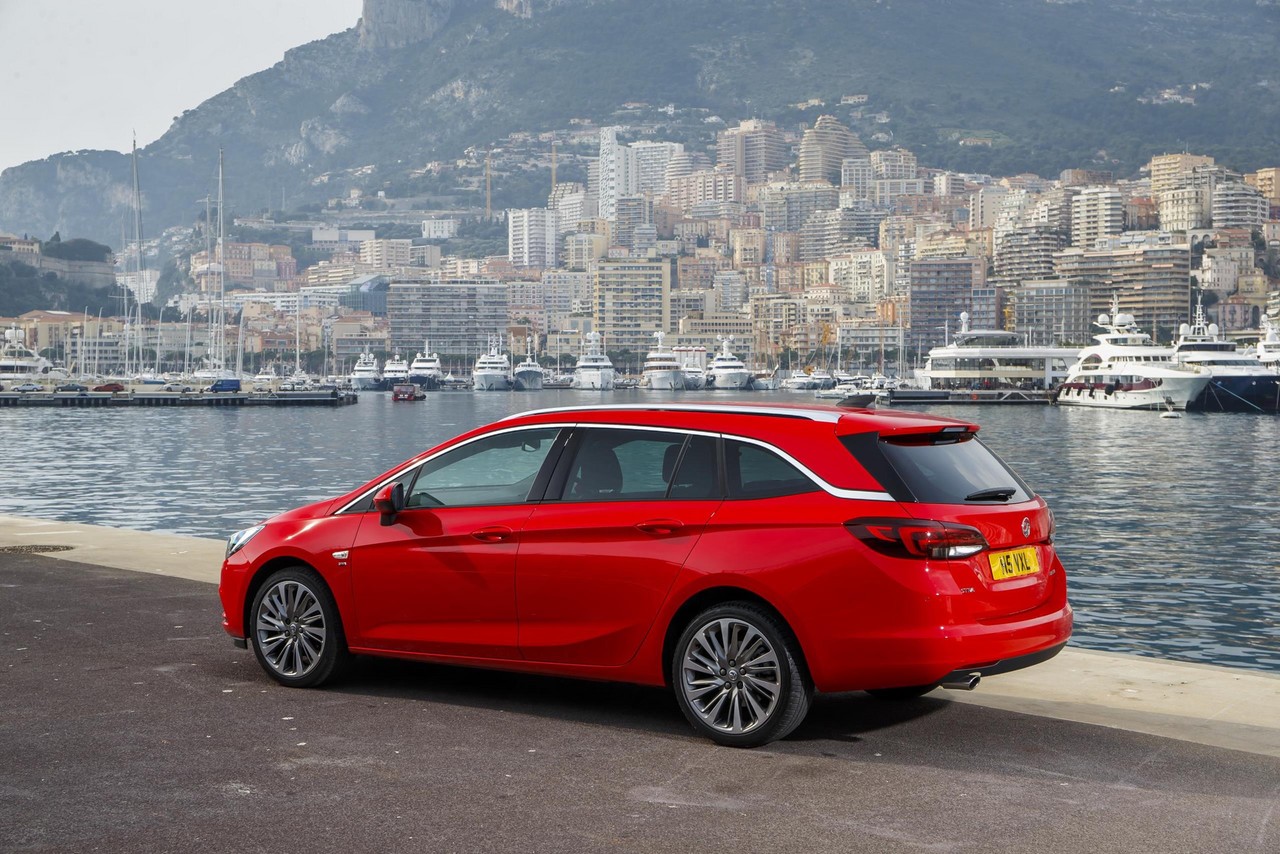
- Spacious interior and large luggage volume
- Accomplished ride/handling balance
- Autonomous Emergency Braking (AEB) fitted as standard
- High standard of interior fit and finish for front occupants
- 1.4-litre turbo engine is willing…
- … but lacks refinement at higher rpm
- Small text for interior buttons is hard to read
- Too narrow for three passengers in the back
- Cheaper interior trims for second row occupants
- No rear air vents
Overview
The Holden BK Astra Sportwagon was released in Australia in October 2017. Manufactured at Vauxhall’s Ellesmere Port plant in Cheshire, England, the front-wheel drive Holden BK Astra Sportwagon was powered by a 1.4-litre turbocharged petrol engine that was mated to a six-speed automatic transmission (see table below). Beyond this, the Astra Sportwagon range consisted of LS+ and LT variants.
1.4 ECOTEC Turbo: B14XFT (LE2) engine
The Holden BK Astra Sportwagon was powered by the B14XFT engine (RPO code: LE2). Within its aluminium alloy block, the B14XFT engine had 74.0 mm bores and an 81.3 mm stroke for a capacity of 1399 cc. Furthermore, the B14XFT engine had an aluminium alloy cylinder head with integrated exhaust manifold, a forged steel crankshaft with fully-floating piston wrist pins, double overhead camshafts with an inverted-tooth camshaft driven chain, four valves per cylinder, variable intake and exhaust valve timing, a single-scroll turbocharger with an electronically controlled bypass valve, direct petrol injection via a high pressure fuel pump (driven by the intake camshaft), coil-20-plug ignition and a compression ratio of 10.0:1.
To reduce fuel consumption, the B14XFT engine had a stop/start function which automatically shut down the engine when the vehicle was stationary in traffic. The engine would then automatically restart when the driver removed their foot from the brake pedal. Over the combined ADR 81/02 test cycle, fuel consumption for the Astra Sportwagon was 5.9 litres per 100 km.
| Variant | Engine | Trans. | Peak power | Peak torque |
|---|---|---|---|---|
| LS+, LT |
1399 cc B14XFT turbo petrol I4 | 6sp auto (6T35) |
110 kW at 5600 rpm | 240 Nm at 2000-4800 rpm |
Body and dimensions
The Holden BK Astra Sportwagon was underpinned by General Motors’ D2XX platform. Compared to the related Holden BK Astra hatch , the BK Astra Sportwagon was 334 mm longer (at 4702 mm) and 25 mm taller (1510 mm), though width (1809 mm) and wheelbase length (2662 mm) were unchanged. Furthermore, the BK Astra Sportwagon had a drag co-efficient of 0.272 Cd, while its body structure had a torsional rigidity of 19.0 k Nm/degree.
Inside, the BK Astra Sportwagon had a luggage capacity of 540 litres beneath the cargo cover, though this increased to 1630 litres when the rear seats were folded down.
Suspension and steering
The Holden BK Astra Sportwagon had MacPherson strut front suspension with gas-pressure dampers, coil springs and an anti-roll bar. The top mountings of the MacPherson struts were de-coupled to separate the paths of the spring and damper loadings, while the lower L-shaped control arms were made of mass-optimised sheet metal and attached through two bushings to a steel sub-frame. At the rear, the compound crank (torsion beam) axle was suspended by one-piece, hollow cast trailing arms and had a built-in anti-roll bar, progressive-rate double conical mini-block springs and gas-pressure dampers.
The Holden Astra Sportwagon had rack-and-pinion steering with electric power assistance.
Safety equipment
Standard safety equipment for the Holden BK Astra Sportwagon included dual front airbags, front side airbags, full-length curtain airbags, ABS, electronic brake force distribution, brake assist, electronic stability control, traction control, active front seat head restraints and front seatbelts with dual pre-tensioners and load limiters.
As standard, the Holden BK Astra Sportwagon was equipped with the following active safety technologies –
- Forward Collision Alert (FCA): if the distance to the vehicle ahead decreases such that there was a collision risk, the driver would be warned by an audible alarm, a visual warning in the instrument cluster and an LED projection on the windscreen. The driver could also adjust the safety distance of FCA to objects with ‘near’, ‘mid’ and ‘far’ settings via a switch located on the steering wheel;
- Automatic Emergency Braking (AEB): operating at speeds between 8 km/h and 80 km/h, Automatic Emergency Braking would be initiated to reduce vehicle speed if the driver did not respond to the Forward Collision Alert and/or the risk of a collision persisted;
- Lane Departure Warning with Lane Keep Assist: could recognise road markings, warn the driver if the vehicle was about to depart from its lane (without having indicated) and gently turn the steering wheel to return the Astra Sportwagon to its lane should it cross lane markings. The steering wheel nudges and alerts, however, were disabled if the driver was detected to be actively steering, braking, accelerating or if a turn signal was activated. Lane Departure Warning and Lane Keep Assist were active at speeds above 60 km/h; and,
- Forward Distance Indicator: provided the following time to the vehicle ahead so the driver would know if they were too close. The system displayed a minimum following time of 0.5 seconds.
The Holden Astra Sportwagon LT was further equipped with ‘Side Blind Spot Alert’ which used ultrasonic sensors to scan wide areas around the vehicle when driving at speeds above 10 km/h. If an object was detected in the driver’s blind spot, an optical amber-coloured warning would appear in the relevant door mirror. Furthermore, if the turn indicator was applied towards the direction of the object in the blind spot, the optical LED warning would start flashing.
Brakes
The Holden BK Astra Sportwagon had 276 mm by 22 mm ventilated front brake discs and 264 mm by 10 mm solid rear discs.
Euro NCAP crash testing
In Euro NCAP crash testing , the related left-hand drive 2015 Opel BK Astra hatch received a five star safety rating which included an 86 per cent adult occupant protection rating and an 84 per cent child occupant protection rating. In the frontal offset test, protection of the driver’s head, thighs, lower right leg and feet were rated as good, but chest and lower right leg protection were rated as adequate (i.e. a slight risk of serious injury). While occupant protection in the side and pole tests were rated as good for all body areas, a half point deduction was applied because the rear door on the impacted side of the vehicle became unlatched.
Features: Holden BK Astra Sportwagon LS+
Standard features for the Holden BK Astra Sportwagon LS+ included 7.0J x 16-inch alloy wheels with 205/55 R16 tyres, a six speaker sound system, Holden’s ‘MyLink’ infotainment system which consists of a seven-inch colour touchscreen, Android Auto and Apple CarPlay smartphone integration, a digital radio tuner (DAB+), USB and auxiliary (3.5 mm) inputs and iPod integration, air conditioning, cruise control with speed limiter, projector headlamps with LED daytime running lights, a rear view camera, rear parking sensors, rain-sensing wipers, a leather steering wheel, 60/40 split and flat folding rear seats, remote central locking with proximity key, power adjustable and heated door mirrors, power windows, a height and reach adjustable steering wheel, an electrochromatic rear view mirror, a trip computer and an immobiliser.
Features: Holden BK Astra Sportwagon LT
The Holden BK Astra Sportwagon LT was further equipped with 7.5J x 17-inch alloy wheels with 225/45 R17 tyres, an eight-inch colour touchscreen with embedded satellite navigation, climate control air conditioning, leather seat trim, a hands-free power-operated tailgate, a proximity key, push-button start, heated door mirrors and ‘Advanced Park Assist’. Active at speeds below 11 km/h, Advance Park Assist could notify the driver when it detected objects within the range of its sensors and, on the touchscreen display, show the relative position and distance of the object to the Astra; an acoustic signal is also used indicated the distance of the object (by increasing its frequency for closer objects).
Related links
- Holden Media: the Astra Sportwagon is here (September 2017)
- Holden Media: Holden Confirms All-New Astra Sportwagon Heading to Australia
- Cruze Talk Forum: General Motors LE2 engine
